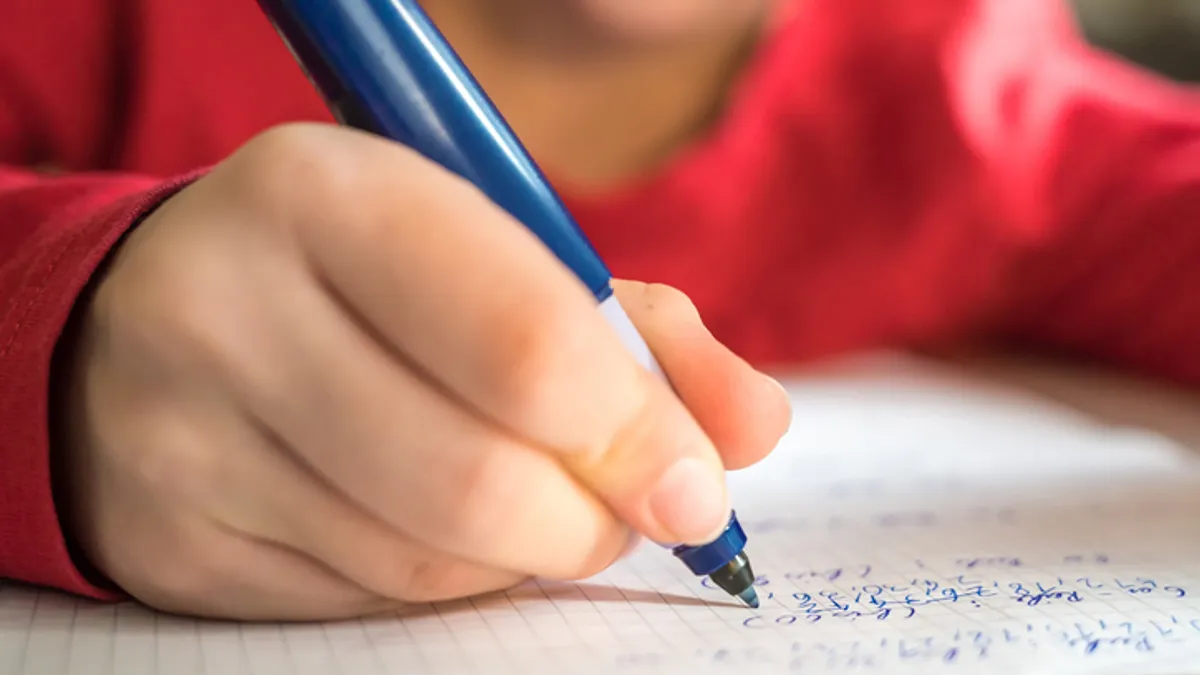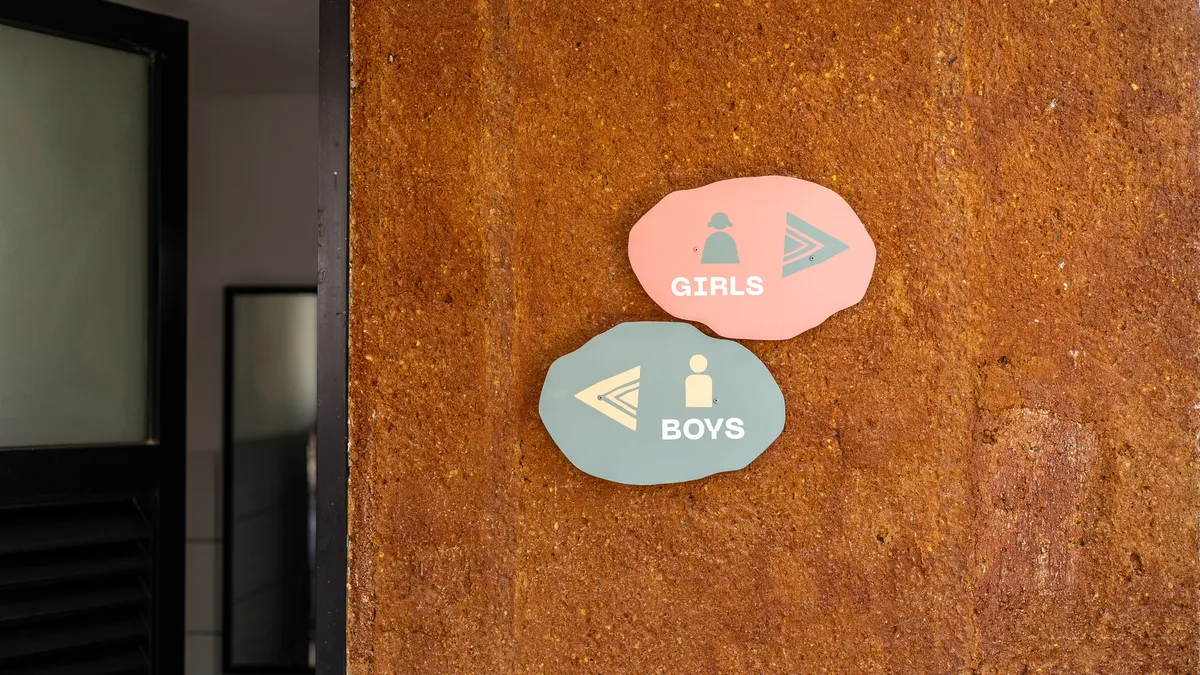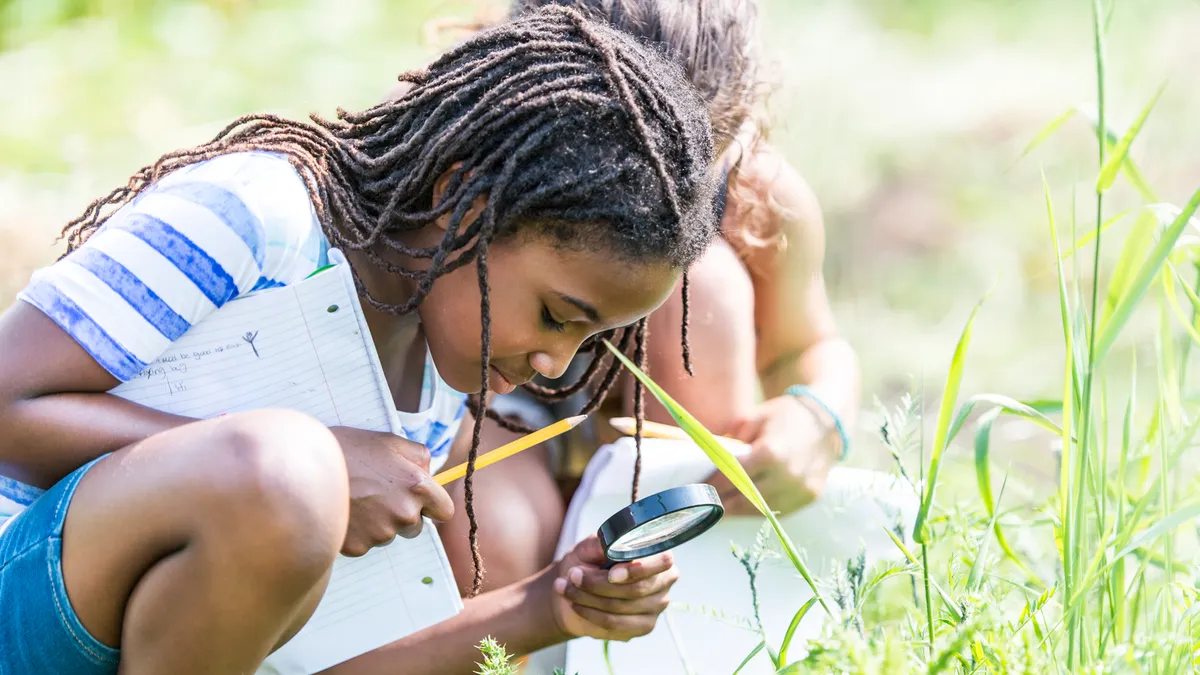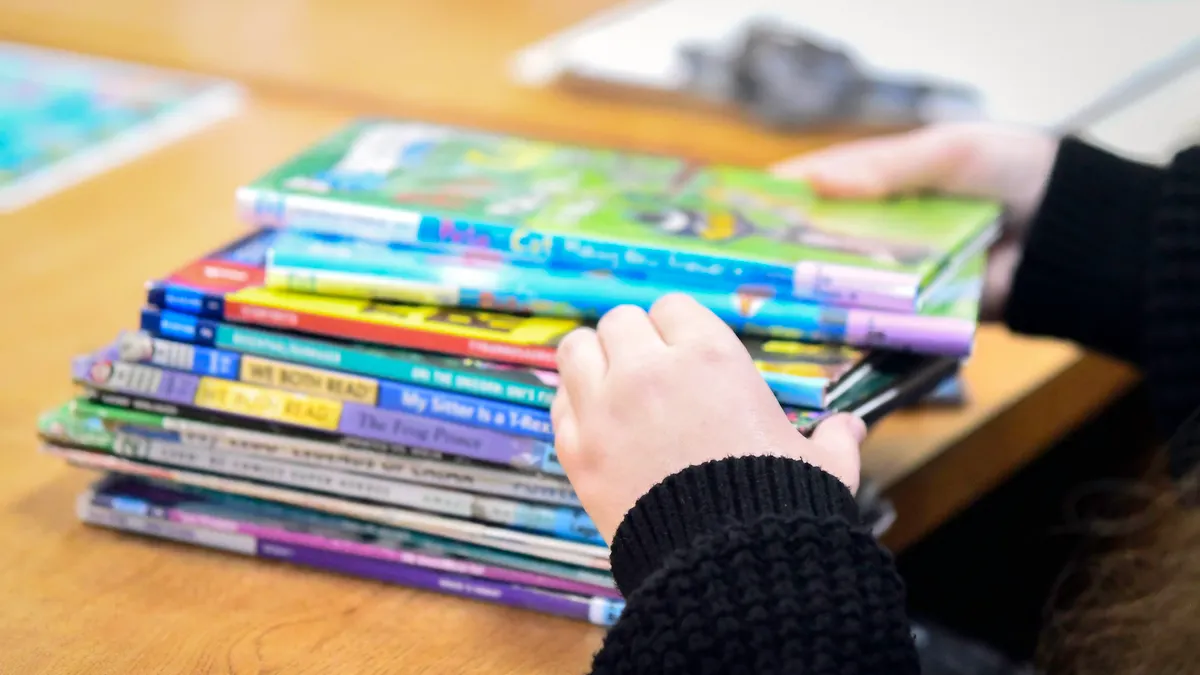We all think about our thoughts — we just don’t typically realize we’re doing so. Scaffolding such metacognitive skills helps students figure out why they did (or didn’t) reach the right answer, build a routine so they’re always noticing and framing their thought patterns, and provide themselves second-nature feedback.
This builds not only their knowledge base but their overall self-confidence.
Teaching these skills doesn’t mean setting aside an entire day for a deep-dive, rather it’s making small tweaks to what you do every day, said Katie Fitch, assistant professor at the University of Oregon College of Education.
“It’s already something teachers do, but adding on that next piece to think about the process, and think about how the learning went,” she said. “As an educator, my goals would be to hopefully teach students how to be lifelong learners, getting them to understand their own learning process.”
Doing so also can increase their competence — and confidence, Fitch said.
“Let’s say you have a big test or quiz. Kids may be anxious,” she said. A teacher can prompt students with, “Think about, what’s another time you had something you were anxious about, or nervous about? … What are strategies you can use to calm yourself down?”
Metacognitive skills enable students to become more reflective on their thoughts, problem-solving, and how they approach tasks, agreed Alnardo Martinez, interim director of the pediatric OCD intensive service and a licensed mental health counselor with the Child Mind Institute.
“All teachers can have students talk out loud about how they’re solving the problem … thinking about why they’re choosing the steps they’re choosing, or the skills or formula they’re using,” he said. “Talking out loud is helpful when a student reaches a ‘stuck’ point and potentially gets something wrong. ‘What was I doing? Where did I get stuck?’”
“Having students talk out loud helps teachers identify gaps in a student’s knowledge,” Martinez said.
The self-reflectiveness of metacognition also helps a student understand what they know and how they learn, Martinez said, lifting up “patterns of what’s working and what’s not working in a given situation.”
“This helps them set goals and think about how they can get to those goals,” he said.
A middle school science teacher delivering lessons that build upon each other might review material previously learned at the beginning of each lesson and talk about how it will apply to the new topic, Martinez said. And then they can ask students: “What questions do you think you might have about this? What do you hope to learn about this new topic?”
This builds a framework where metacognitive skills help connect concepts, he said.
As a science educator, Fitch recommends a book and website called, “Ambitious Science Teaching,” which talks about how to incorporate metacognition using a “Gotta Have” checklist for big class projects, so students and teachers can monitor progress and check off interim goals. This provides “strategies for collective thinking and how to create a summary table to monitor thinking,” she said.
A math teacher could assign students to work on a problem and then turn to a partner next to them and explain the steps they took to solve it, Fitch said. “It’s not only about the math but how they were thinking about the math,” she said. “That’s the metacognitive piece: Not only do the learning, but explain the learning.”
School leaders and administrators should model this behavior not only with teachers but also aides, school counselors, psychologists and other staff, Martinez said. That builds "an environment where people are talking about their thinking processes: ‘Here’s how I thought about this problem, here’s the potential solutions.’”
The state of Oregon has rolled out metacognition standards as part of its statewide social and emotional learning standards for all K-12 students. Superintendents and principals should become familiar with the standards in their respective states — and provide time for professional development for teachers to talk and learn together, and determine how to incorporate these practices into their teaching, Fitch said.
Other resources helpful for teachers and administrators in states that don’t have metacognitive standards include the Collaborative for Academic, Social, and Emotional Learning’s framework, built around five pillars including self-awareness and self-management. “They don’t necessarily say the word ‘metacognition,’” she said.
Another resource that Fitch recommends is universal design for learning, guidelines put forth by CAST that include the promotion of “individual and collective reflection” among many others.
“Metacognition is not something separate, but something you can incorporate into what you already do,” she said.



















